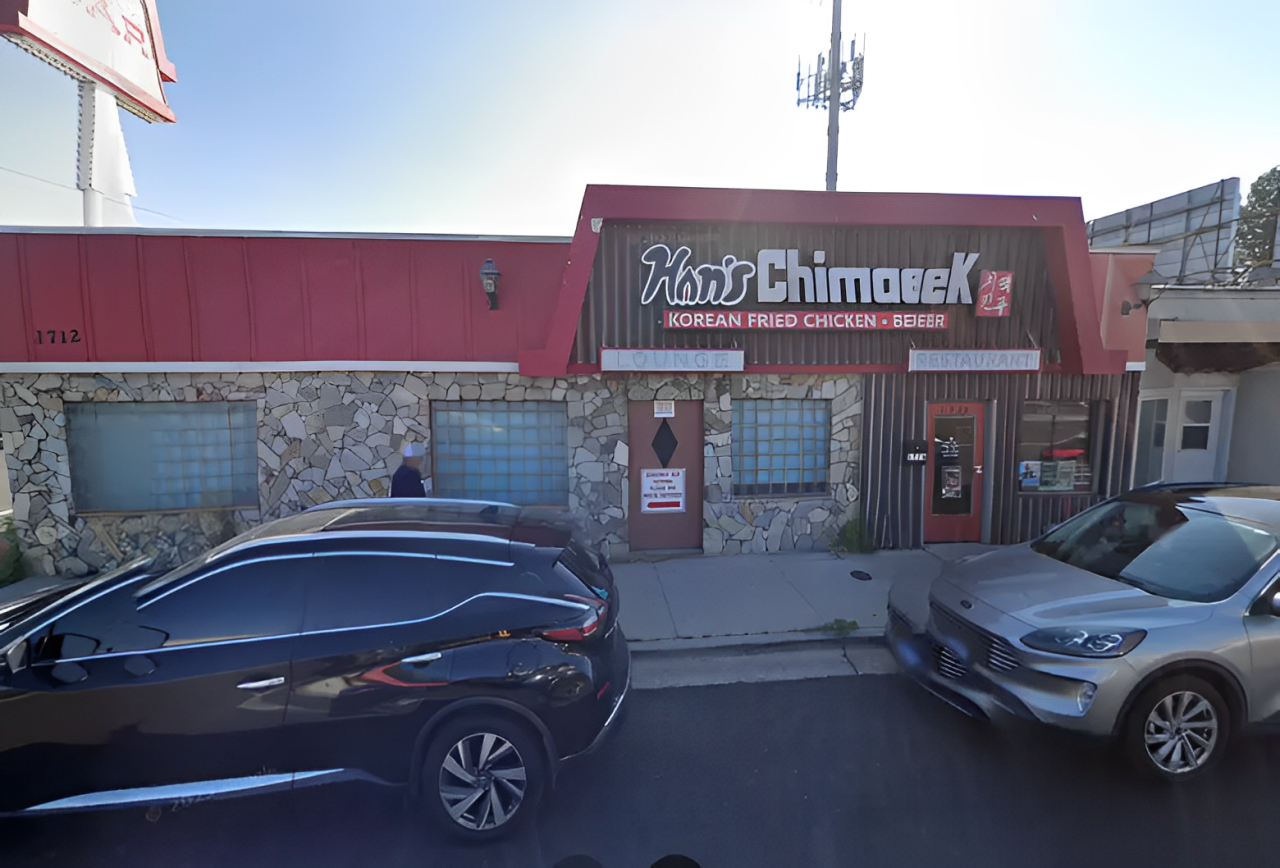As Idaho endures a significant heatwave with temperatures soaring into the low 100s, there’s a noteworthy positive outcome emerging amidst the sweltering conditions. The excessive heat warning in the Treasure Valley, effective until July 13, followed by an excessive heat watch from July 13 to July 15, brings both challenges and opportunities for the state to demonstrate its enhanced resilience and preparedness.
The current heatwave is part of a broader trend of rising temperatures that have become more frequent and intense due to global climate change. Idaho, like many regions, has faced its share of extreme weather events.
This year’s heatwave, characterized by unusually high temperatures, underscores the ongoing necessity for robust adaptation strategies. Historically, Idaho has experienced extreme temperatures, with the highest recorded temperature reaching a blistering 118°F in Orofino in July 1934. More recently, the summer of 2021 also saw temperatures exceeding 110°F, highlighting the state’s vulnerability to heatwaves.
Amid these challenging conditions, Idaho’s response reflects significant progress in managing extreme weather. One of the positive aspects of this heatwave is the improved infrastructure and public awareness that have been developed over the years. The state’s experience with past heat waves has led to substantial advancements in cooling systems, emergency preparedness, and public health initiatives.
Local authorities and organizations are actively working to mitigate the impacts of the heatwave. Public cooling centers have been established, and there are increased efforts to provide support to vulnerable populations, such as the elderly and those with pre-existing health conditions. Additionally, public advisories and outreach programs are in place to educate residents on the importance of staying hydrated, avoiding outdoor activities during peak heat hours, and recognizing the signs of heat-related illnesses.
The heatwave also catalyzes further improvements. The extreme temperatures highlight the need for continued investment in heat mitigation strategies, including urban planning that incorporates more green spaces and reflective materials to counteract the urban heat island effect. These measures are crucial for reducing the overall impact of heat waves and enhancing the quality of life for residents.
Furthermore, the current heat wave emphasizes the importance of climate adaptation and long-term planning. As heatwaves become more common, Idaho is focusing on strategies to address both immediate and future challenges. This includes investing in renewable energy sources to alleviate strain on power grids and implementing policies aimed at reducing greenhouse gas emissions.
Read More:
- Shocking News: Idaho Murder Suspects Caught on Camera Fleeing Crime Scene!
- Idaho Child Missing Since 2021: A Family’s Desperate Search!
- Idaho Foodbank Gets ‘Super Milk’ that Stays Fresh on Shelves for Months!
In summary, while the heat wave presents significant challenges, it also showcases Idaho’s resilience and the progress made in addressing extreme weather conditions. The state’s response highlights the benefits of proactive adaptation and preparedness measures, underscoring its commitment to safeguarding public health and infrastructure in the face of climate change.



